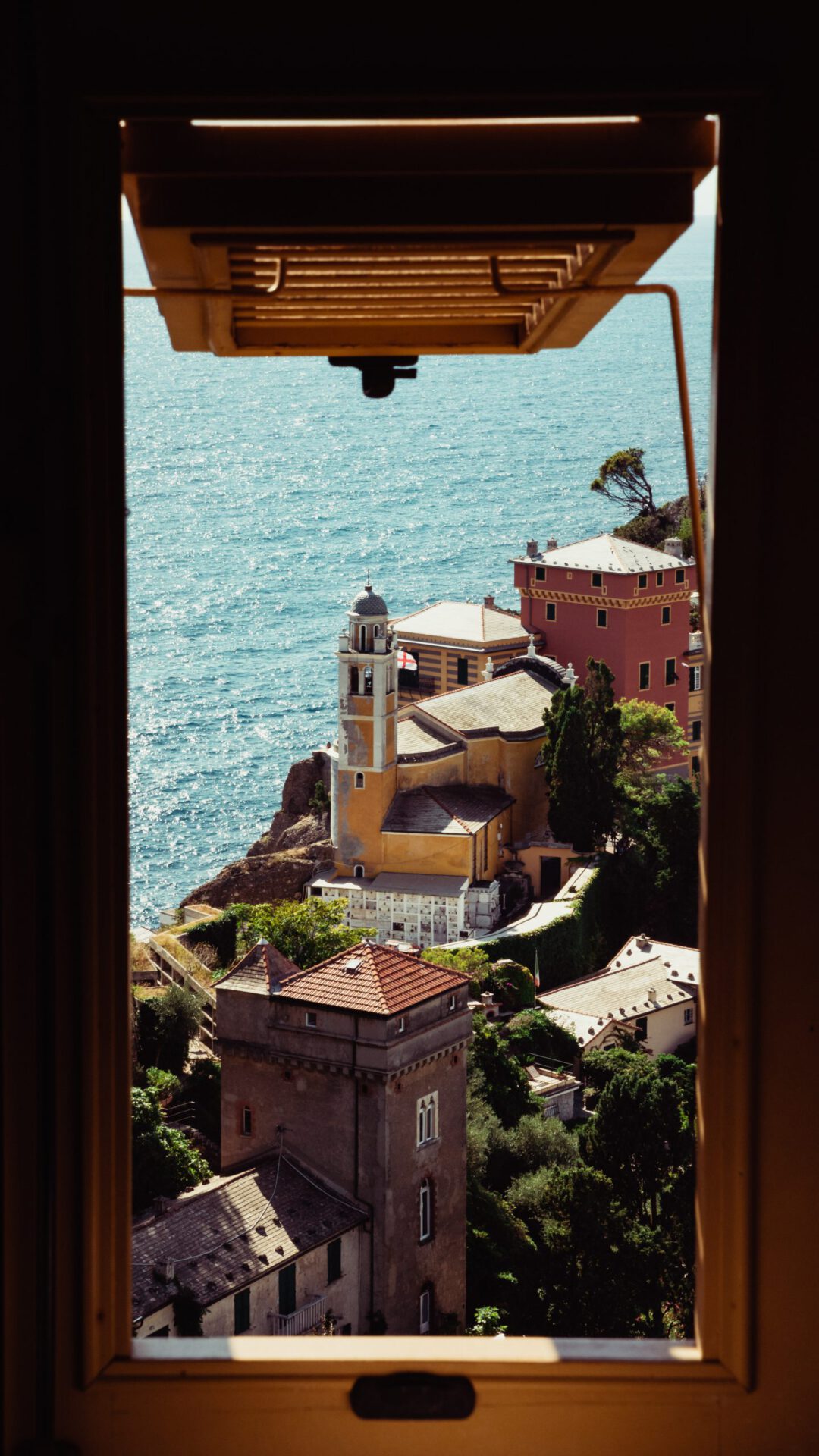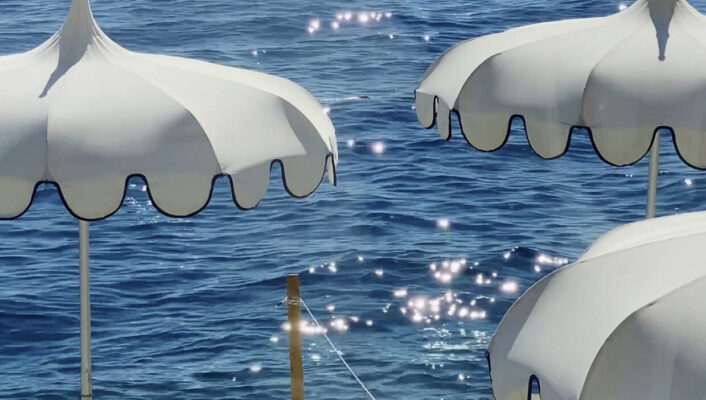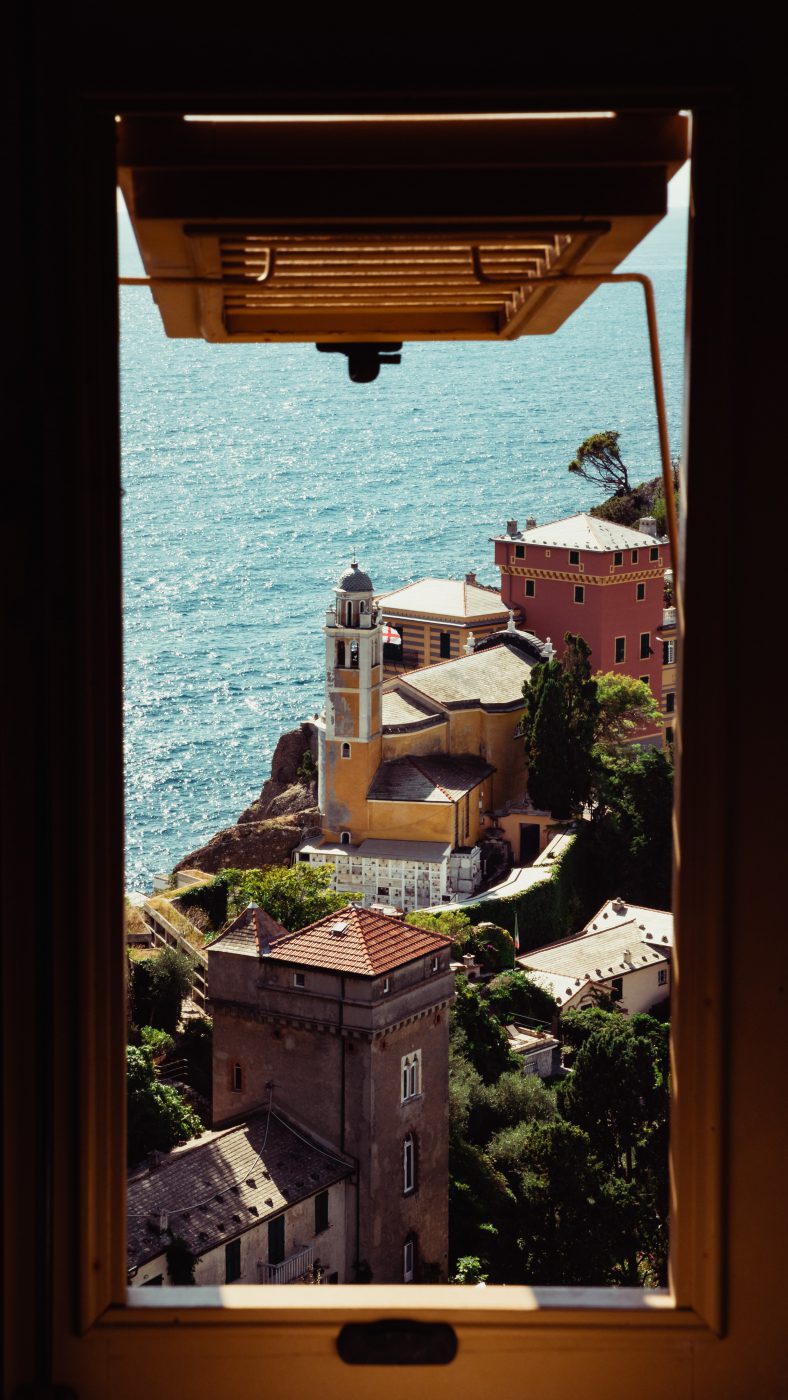Who knows if, at the end of the 1200s, when it beat Pisa at sea, strengthening its dominance as the most powerful Maritime Republic, the city of Genoa knew that it would long be nicknamed the Lady of the Sea. Stretching out towards the Mediterranean but firmly attached to her land, Genoa is majestic, monumental in its magnificent palaces, treasures of art, and humble in the ancient fishing villages that have become its neighbourhoods. A crossroads of people, pirates and nobles, as you would expect from a great city by the sea, is one of the few in which history has reinvented itself, and its appearance has changed, adapted and modified. Her caruggi (alleyways in Genoese dialect), the parks, the villas overlooking the sea, the large squares, or the small ones -overflowing with people at night, the little beaches stolen from the rocks and the iron steps to reach them, the pedestrianised streets, and the narrow, colourful façades: in Genoa you can get lost and find yourself again, but the sea acts as your compass.
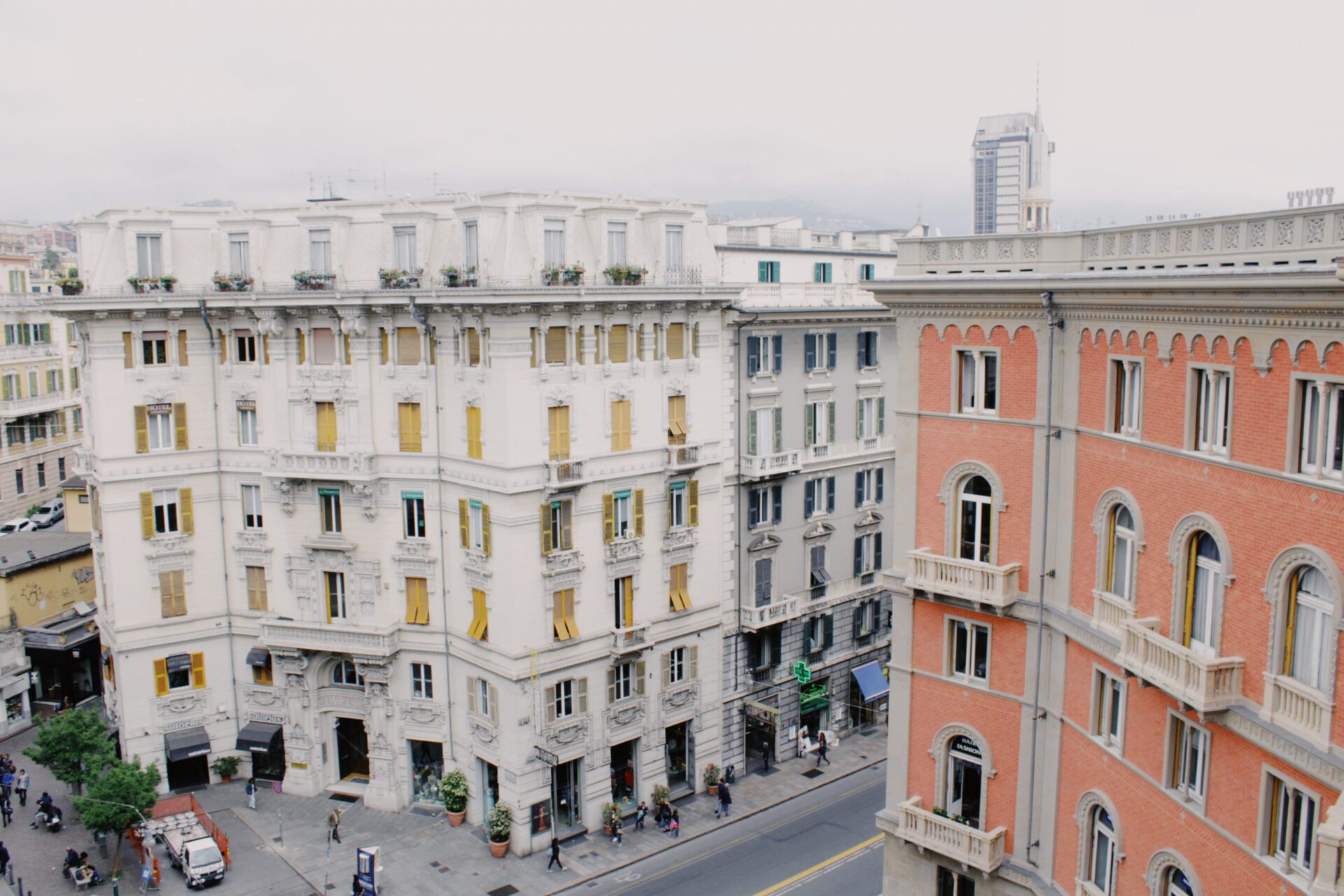
Where did it all begin? Some legends say that Janus, the “two-faced” god, protector of ships and coins, capable of representing the past and the future, was the founder of the city. A reminder of this is the Pozzo di Giano (Janus’ Well) built in 1600 in a small square not far from Piazza Sarzano, on the exact spot where Genoa was born, where the sailing lines and shrouds for the port and ships were made. Rough and elegant, Genoa has a personal relationship with the past, the present and the future: it pushes you to leave, but like the high tide, it pulls you back into its arms. Italo Calvino wrote that there are two types of Genoa people: “those who cling to the rocks like limpets and those who leave and go out into the world”. In the end, it is of the world that Genoa is daughter and mother, sister and companion. Walking through her streets is a continuous experience of belonging and distance, present and past. Suffice it to say that in the Molo district are the Sottoripa porticoes, which date back to the 12th century and are an exceptional example of Italy’s oldest public portico system. The street, protected from the sea, was a single row of shops at street level. The maintenance cost was sustained by the shopkeeper, who, in return, obtained the right to have the house above the shop. Strada Nuova, formerly called Strada Aurea and now Via Garibaldi, also has a beautiful destiny. It is still an old town gem, so much so that it has been an important reference point for modern architecture (Pieter Paul Rubens made accurate drawings of it in 1622, contributing to spreading knowledge of the city and the Genoese architectural model throughout Europe) and is now a UNESCO World Heritage Site.
There is, however, one place to better enjoy the complexity of Genoa and that is the Spianata Castelletto, a large balcony suspended over the old town. Medieval towers, Baroque domes and slate roofs lead the eyes towards the harbour, the hub of life and commerce since time immemorial. To reach this belvedere, you can use the Art Nouveau lift or walk along the creuze, the small pedestrian streets that once led out of town. This “beautiful woman dressed in rags”, as the singer Gino Paoli gave name to the city, is not only made up of an old town centre and port. A few minutes on foot, at the end of Corso Italia, you arrive at the bay of Boccadasse, a seaside village of small coloured houses and fishing boats, so intact and perfect it looks like a postcard. The most accredited theory on the origin of the village’s name points to the shape of the bay, which from above looks like a donkey’s mouth (bocca d’azë in Genoese). Here, eating a cone of fried fish while sitting on the beach is a common practice for locals and tourists alike.

Staying by the sea, it is the many promenades that fill the hearts of the romantics and the eyes of travellers. Of them all, the Anita Garibaldi promenade overlooking the Nervi cliffs is undoubtedly the most famous and evocative. From here, you can see the Portofino promontory. There is another excellent view from the Zerbino and Santa Chiara’s ancient walls where you lose yourself in the sea from the Villa Croce’s terraces, today the museum of modern art. The little harbour of Sestri marina is enchanting, but it is the elegant seafront promenade of Pegli, accessible by boat from the Old Port that steals the show (here on the last Sunday of the month there is an antiques and modern art market).
If you’re looking for art treasures, Genoa is home to a series of exceptionally well-made noble palaces, with facades decorated in stucco, marble or painted, large atriums, gardens with fountains, frescoed halls and fine furnishings. These are the Rolli, a collection of luxurious palaces made available by their owners, such as shipowners, bankers and merchants, for state visits according to a decree of 1576. Depending on the rank of the visiting guest, an appropriate palace was selected. Today, some are still private, but many have become the headquarters of banks or offices or museums, and during the Rolli Days (April and October), they are opened to the public to relive the splendour of the city’s heyday.. The variety of Genoa’s souls is unique; from the grandeur of the Rolli to the more authentic soul of the Maddalena district, in Piazza Lavagna, far from the crowds. Here, immersion in Genoese veracity is the real deal. The laundry hangs out, the houses are dense and colourful, the pace is slow, like in a village but with an extremely multi-ethnic face. For many, this is the real Genoa, but she ultimately reveals herself only to a few.
Culinary tips for experiencing the best of Genoa
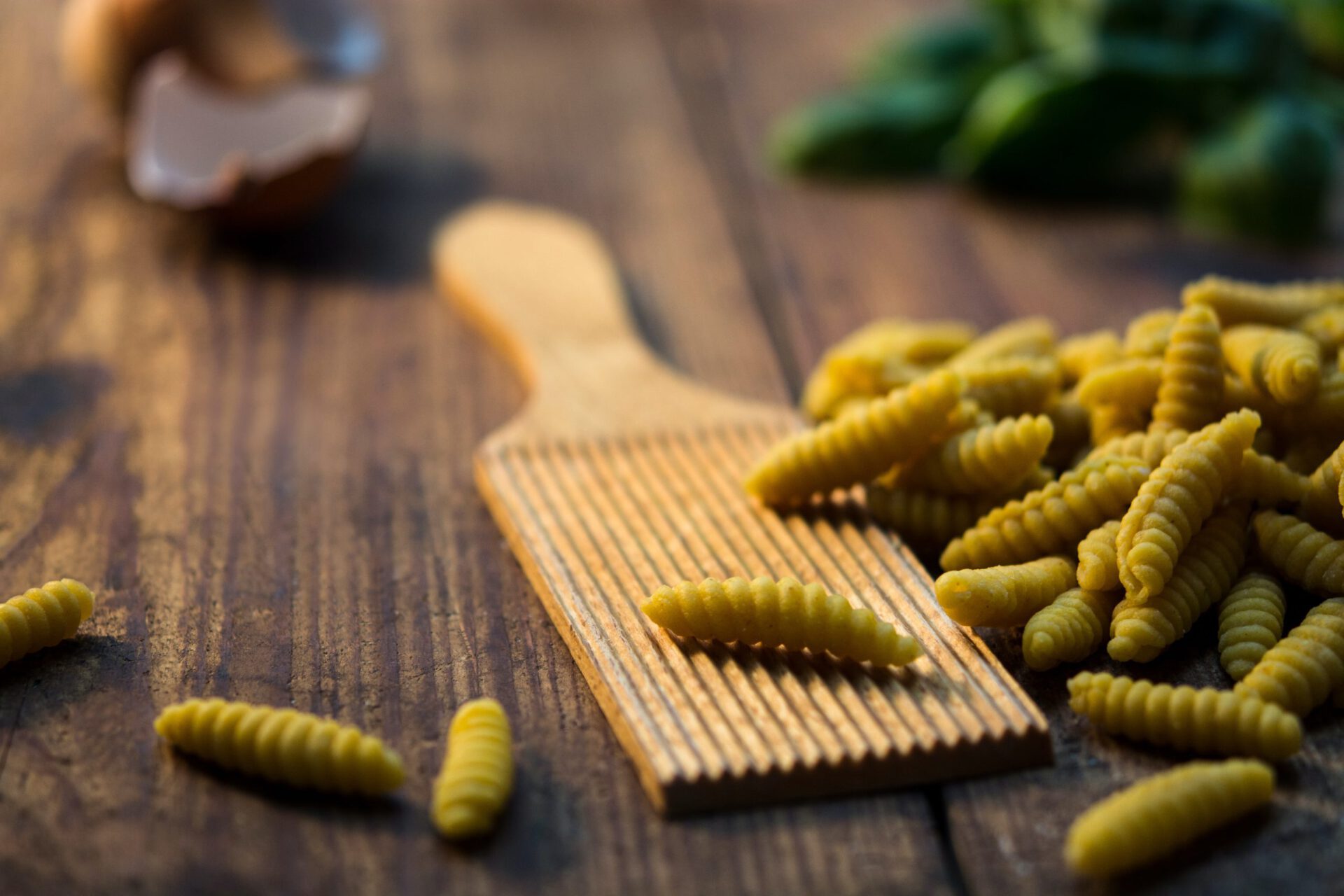
Focaccia and pesto are certainly the two best-known Genoese culinary flags, both in Italy and abroad, but the Lady of the Sea’s table does not stop there. Although it remains a balanced and straightforward cuisine that ranges from the sea’s flavour to the vegetable garden and the mountains, the Genoese one is very varied and relies above all on olive oil and aromatic herbs. In all the delicatessens, you will find freshly baked vegetable pies, (reminiscent of the classic ‘pasqualina’); slices of cima (a meatloaf typical of the city,made from veal belly and stuffed with peas), Parmesan cheese (served cold at parties) and fresh pasta, from pansotti to trofie, the first to be savoured with a creamy walnut sauce and the latter strictly with pesto. Then, there are the sea specialities: stuffed anchovies, “stocche e bacilli”, a stew of Tunisian origin made with stockfish and dried broad beans, or “stoccafisso accomodato” with potatoes, olives, pine nuts and tomatoes, or even fried fish. And finally, the cousins of focaccia: farinata and panisse, both made with chickpea flour. The origin of these recipes goes back a long way, on a Genoese ship, right after the victory of the battle of Meloria against the Pisans. It seems that the ship was surprised by an exceptional storm that did not sink it but made it dance a lot. In the hold, sacks of chickpea flour collided with barrels of oil and saltwater from the sea that had burst in, creating a mush. The sailors dried it in the sun and then tasted it. Farinata was born. Panissa, on the other hand, is nothing more than fried strips of farinata. Both were served in the Sciamadde, ancient inns with wood-burning ovens. Now they are found in bakeries or in the trattorias of the caruggi.
Now some addresses:
COFFEE/PASTRY
Confetteria Pietro Romanengo
Marescotti di Cavo
Fabbrica di cioccolato Romeo Viganotti
EAT
Il Genovese
Trattoria Ugo
Antica Sciamadda
Antica Friggitoria Carega
Trattoria Arvigo
Sa pesta
Trattoria dell’Acciughetta
La Brinca
Bruxaboschi
DRINK
Malkovich
Les Rouge
